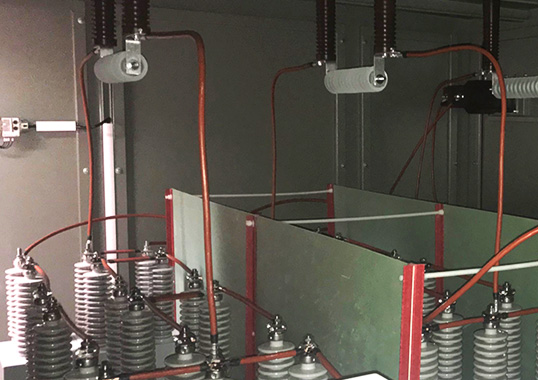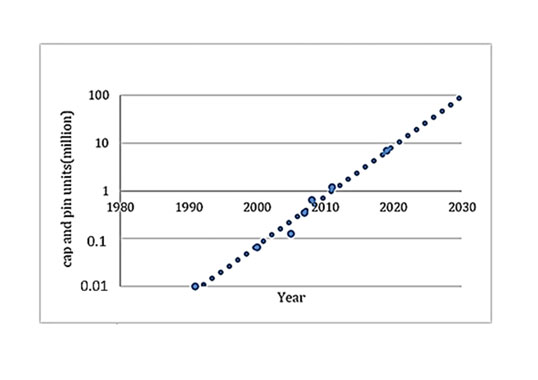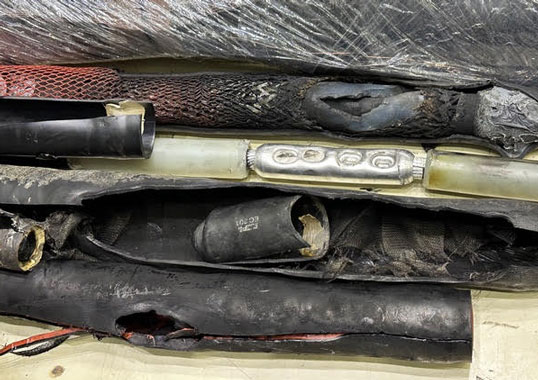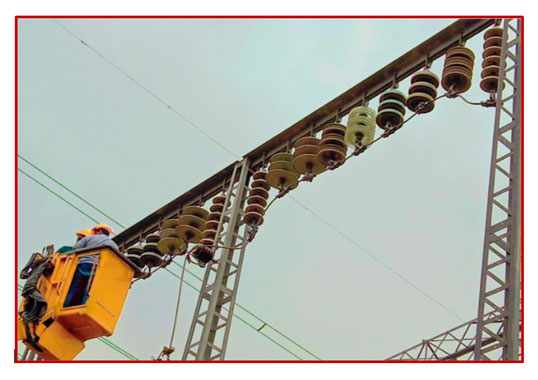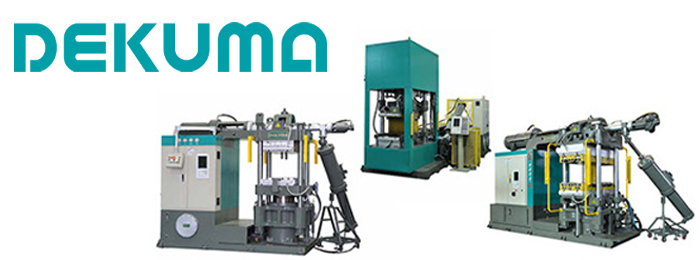Application of Surge Arresters in MV/HV Capacitor Bank Protection by Tim Rastall
Increased penetration of distributed generation (DG) from solar or wind brings challenges to network operators in terms of power quality issues such as voltage regulation, power factor and harmonics. For example, if DG sites do not comply with grid connection requirements they may need to install power quality improvement equipment. Should DG sites require reactive power and voltage support, capacitor banks are the most cost-effective solution. However, the switching of capacitor banks can introduce voltage disturbances at the connection point due to the possibility of high magnitude inrush currents. In recent years, improvements such as controlled switching technologies have allowed for inrush currents during energization to be minimized and also for fast switching of capacitor banks. Capacitor bank switching requires special attention because of the possibility of a restrike after current interruption. Much high voltage SF6 or vacuum breakers are designed for capacitive current switching. However, unpredictable restrike phenomena can still occur. If a restrike occurs, it leads to high frequency, high magnitude overvoltages, large inrush currents and large outrush currents in the case of back-to-back capacitor bank switching. Consequently, any restrike can induce additional stress on capacitors, de-tuning reactors and breakers, possibly leading to catastrophic damage. This presentation discusses application of surge arresters for mitigation of overvoltages on capacitors based upon single restrike occurrence phenomena. Two particular capacitor bank designs are investigated: a 33 kV, 50 Hz ungrounded double wye connected bank and a same size de-tuned bank.

